In the previous posts about the creation of my upcoming Psychological Horror Dark Hollow Road, we’ve done a whole lot of spelunking. Apart from a small building located creek side in Salado, Texas that I wandered into back in 2013, my urban exploration days are pretty much over. The desire to continue the hobby is still strong. I’m just not so brave and nimble as I was back then. But, how does all that exploring old, and sometimes empty, houses back in the late 80’s translate into writing a Horror novel in the early 2000s? Therein lies the dark and mysterious magic, dear reader, a magic that even we authors struggle to understand.
All those experiences aside, the case for Dark Hollow Road began with the title. It literally flew past the right corner of my eye, barely seen, quickly read, and instantly understood for what it was to be. If you Google Dark Hollow Road, you’re going to find a whole mess of them. From Oregon to North Carolina, Pennsylvania to Texas, and who knows how many others betwixt and beyond; Dark Hollow Roads seem to run rampant. The one I spotted was in Pennsylvania which boasts no fewer than six of them. My exact words the moment I saw it were, “If that’s not the title of a Horror novel, I don’t know what is.” For that reason alone rural PA became my setting.
But, what would this story be about? I had absolutely no idea, none. For a good six months, that would remain the case. It was just a title and a vague setting, no characters, no nothing really. With other projects keeping me busy, I didn’t dwell on it. I knew the people involved in the telling of this dark tale would speak up when they were good and ready to do so. Stories and their titles flow in and out of my head all the time; this wasn’t anything new. Or so I thought at the time.
Despite my actual spelunking days being a thing of the past, I still love to seek out and stop to look at the empty places that are local to me. I don’t go inside anymore, but I do try to take some atmospheric pictures from the outside at least. One such house is located only a few miles north of my home. It’s highly visible and there’s no place to park and hide your car. In fact, the roadside along the front of the place is marked with No Trespassing and No Parking signs galore. The safest option would be to park at the nearby church, cross the stream, and cut through the cornfield, which I’m really not so keen on doing. For all the years I’ve known of this place, since I moved to the area in 1995, I’ve never known it to be occupied. The memories and experiences of other houses we’ve already discussed came to mind, adding a layer to the story. We have a road. We have a house. We need some people.
The first whispers of characters arrived as I passed by my husband’s (then boyfriend) car and looked at the sticker I’d seen hundreds of times before in his back window. It said Brown House. It was a band he sang and played for in Texas. A gear clicked into place. The last known people to live in my fictional house on Dark Hollow Road were the Browns, but I still didn’t know anything about them. What had happened that they would seemingly leave their house behind? Was the place haunted? That seemed too cliché to me, besides, I was already in the midst of writing a ghost story with “No Rest For The Wicked” and didn’t want to repeat that theme so soon. No, there had to be something different about the Brown house and those that had once lived there, but what?
One summer night as I sat alone by a twiddling campfire in my back yard, a man appeared. He was old and grizzled. He was no stranger to hard work and it showed on his large, calloused hands and weather-worn face thick with wrinkles. Somehow I knew his name was Lee Yagar. He came out of the darkness of my imagination, studied me sitting there for a moment and remarked, “I know what happened at the Brown house.” When I asked him, he refused to say anything further. He was there and gone, tingling my spine and twisting my mind to know more. He wasn’t going to talk or make things easy for me. He was going to be a tight-lipped, cranky, pain in the ass – not just to me, but to those who desperately needed his help. I went to bed that night thinking and thinking, trying to will Lee Yagar back so he’d tell me his story. But, it wasn’t his story to tell.
Much to my surprise, a very sad and frightened eight-year-old girl stepped forward next. This was Mary Alice Brown. This was the person Lee Yagar did not want to talk about. This was who had last lived in the house on Dark Hollow Road, the sole survivor of some nightmarish life everyone wished they could forget. Mary wanted to talk. It had been a long time coming for her. The first words she said to me were, “I was eight years old in 1948 the night Daddy Clay came into my room and pulled the blankets down for the first time. “
This would become the novel’s opening line and the first steps down a long dark, hollow road indeed. As Mary began to open up about her life, I sat and listened, typed and envisioned. As the months went by and even as I also learned about her new neighbors, Samantha, Renee and their son, Brandon – it was clear this story truly belonged to Mary.
There are some who would believe that on that day we first drove past the original and very real Dark Hollow Road in rural Pennsylvania, that the restless spirit of Mary Alice Brown reached out and found me, knowing in her unique supernatural way that I was someone she could trust with her tale. I would tell it without bias and that I was more than willing to share it with the rest of the world on her behalf. It didn’t matter if it was being presented as a work of pure fiction. Maybe it was her hope that in the telling, she’d find some level of peace. I like to think I’ve brought her a little bit of that.
Is all of this merely the culmination of what’s been said in Parts 1-3 of this series mixed with an active imagination? Probably. Or, could the inspirations for this and so many other novels really be the actual lives and souls of people who once were, or those living in some sort of alternate reality? I guess that’s possible. Maybe it’s some weird combination of the two.
The only thing for certain is that Dark Hollow Road was a story that desperately needed to be written down and shared. If it gives some poor, lost soul peace, that’s great. If it creeps out my readers, keeps them up at night reading, and makes them think twice about what lurks in the darkest corners of a seemingly forgotten empty house, that’s even better. Thank you for joining me on this little walk in the paranormal darkness. I hope you’ll find Dark Hollow Road worthy of even more of your time once it’s released this coming spring.
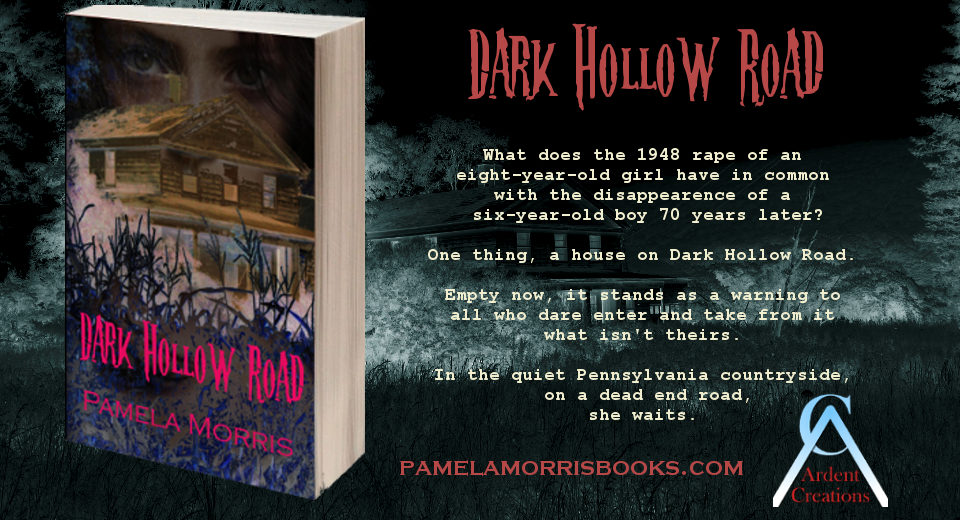
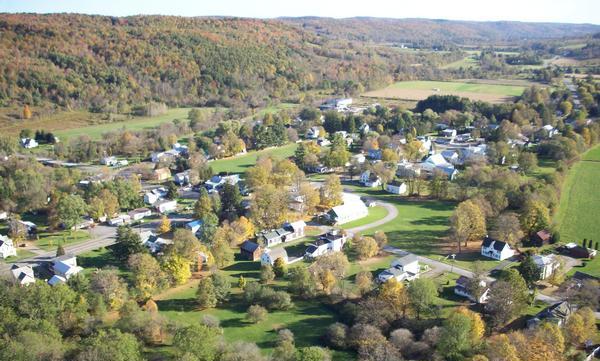
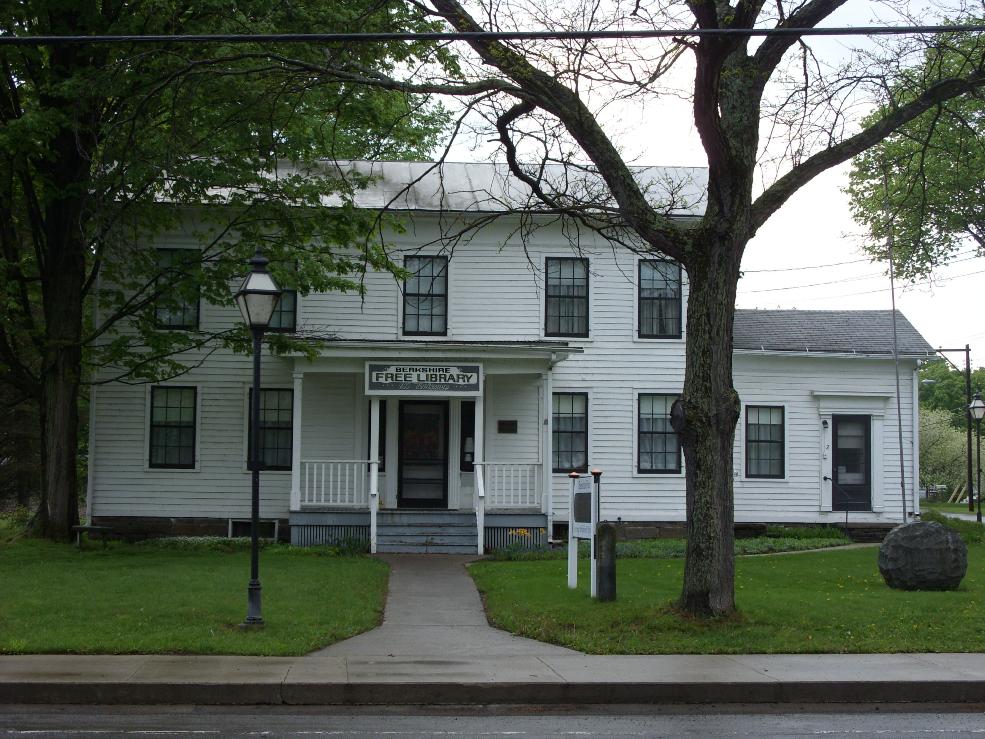
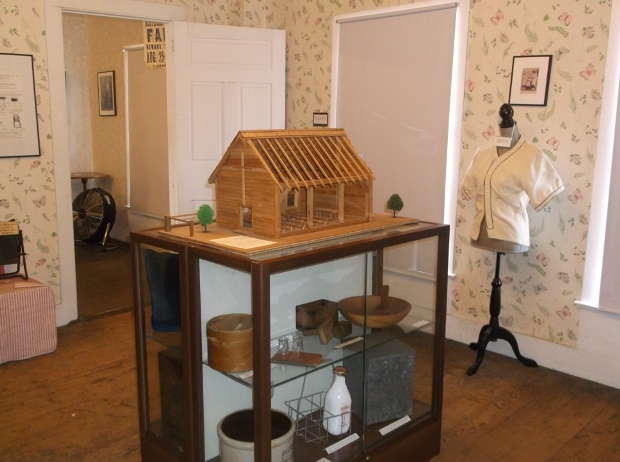
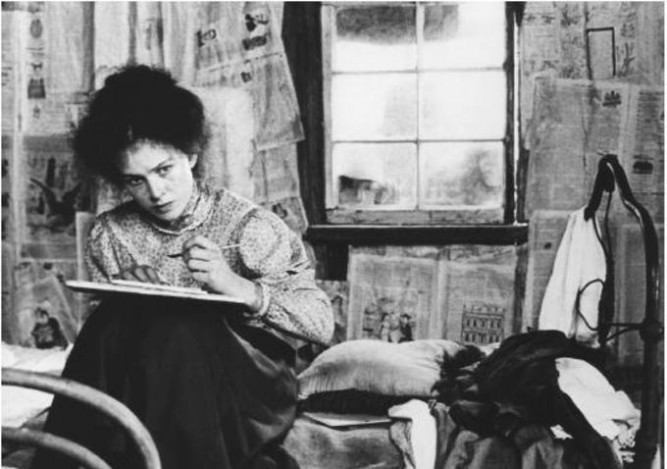
Recent Comments